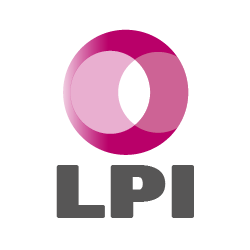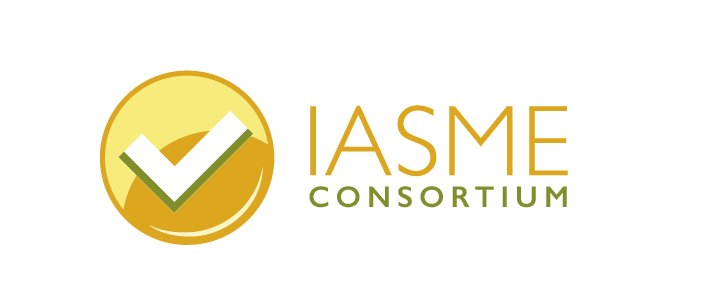Learning in the flow of work is a new buzzword that has caught the attention of L&D in recent times. It is a good strategy to have in an organization learning practice. Why it is gaining traction, and how can you use it effectively? We will explore that in this blog.
Why Learning In The Flow Of Work?
For generations, employees have been trained using the traditional methods of classroom sessions and field activities. In the recent past, though, organizations have realized that learners are not learning much through formal sessions. They are also not interested in these sessions. L&D has been rolling out programs one after another, only to find that the employees are not showing interest in the sessions. If the training programs are not able to achieve the intended outcomes, then what should business and L&D do?
This is where learning in the flow of work comes into the picture. Learners will enjoy learning new things if the learning is impactful and part of their daily work. Let’s understand how that can be made possible.
Learning As Part Of Work
Employees mostly desist a training as it “interrupts” their daily work or tasks. They often complain of a lack of time to attend these overly long sessions.
Most employees these days are not keen to take time out of their regular tasks and attend sessions that may not be of value for the time spent. Research suggests that people tend to forget what they learnt within weeks, if not days, of attending a session. This is called the forgetting curve.
Training must be short and impactful. Training must be seen as an enabler and not a time-consuming activity. In a nutshell, the learning activity needs to be part of the workflow or something that helps the employees when they need some support.
Learners will enjoy learning if it helps them in the moment of need.
Imagine a situation where a sales guy is about to attend his next prospect. He needs to remember few concepts related to negotiation and closing out an important deal. While he waits for the customer, he can quickly open a microlearning course that summarizes the steps to negotiate with the customer. He also accesses a FAQ (frequently asked questions) guide that helps him remember what to do when presented with a tricky question by the customer.
A similar kind of situation can arise for an employee working on a programming code. He or she can quickly access a short course on how to debug a problem.
The key here is that the learners learn when they need to. The learning happens instantaneously, and as it helps them in the moment of need, they tend to remember it well.
Let us now look at four strategies that can help you support learning in the flow of work.
Four Strategies To Support Learning In The Flow Of Work
Learning in the flow of work can be enabled with the right tools, technologies, and content solutions. Let us look at four strategies that can help you support learning in the flow of work.
1. Develop microlearning to support your learners in the flow of work
The ideal strategy is to have microlearning courses that help the employees in the moment of need. You can use a microlearning platform or an LMS to provide these microlearning courses. The content must be apt and to the point. The content needs to address 1-2 learning outcomes only.
We are not saying use microlearning alone. Use microlearning as part of a learning journey. Provide microlearning as an intervention to teach new concepts. The learning journey is a holistic way of looking at learning in the flow of work. The learning journey starts with a message that informs learners about the upcoming courses and performance support through microlearning and learning aids. These are still considered part of learning in the flow of work, as they help learners during the moment of need (in this case, a new product launch, a new way of working, a change that has necessitated learning the process.
2. Use tools and technologies that can support learning in the flow of work
Learning in the flow of work will be a success if the appropriate tools, technologies, and platforms enable the learning. LMSs, learning experience platforms, microlearning platforms can all be used to trigger learning events.
3. Use mobile-friendly content to provide seamless learning
Learning in the flow of work means that the learning content should easily be accessible. What better than mobile delivery. Employees use mobile devices for a variety of tasks. If learning content is provided on an app, the learners benefit immensely. Microlearning works best when delivered through mobile devices. All kinds of training, such as onboarding new hires or product training, can be provided through mobile devices.
4. Use content curation as a strategy for learning in the flow of work
Content curation is an important strategy in enabling learning in the flow of work. Carefully curated content that is apt and necessary for a learner group helps them augment their learning while they work. Instead of going to Google or YouTube to access a piece of learning content, the organization can provide the content.
Conclusion
The strategies discussed in this blog will ensure that you are adequately prepared to design training that supports learning in the flow of work. If you want your employees to stay happy and reduce the costs of turnover, just ensure consistent learning is part of their daily work experience. Company culture could be both shared, and at times unique, but either way, learning in the flow of life must be embraced and successfully implemented, right from day one, for every employee.
About the author – Suresh Kumar:
Suresh is a learning professional with 16+ years of experience in strategizing and providing learning solutions for varied customers across the globe. He has worked with several global customers in understanding their business challenges and proposed optimal learning solutions that are backed by apt learning strategies to enhance employee performance and drive business growth. He currently heads Tesseract Learning as their CEO.
Connect with Suresh via LinkedIn










Leave A Comment